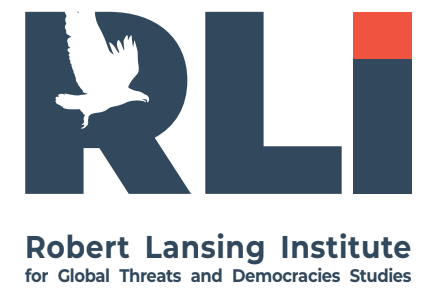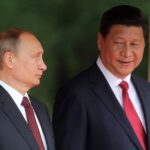While a large-scale conventional war between Pakistan and India remains unlikely due to the nuclear deterrent and international diplomatic pressure, the risk of limited conflict or escalation through proxy engagements, border skirmishes, or militant provocations is persistently high. The key drivers include entrenched territorial disputes, particularly over Kashmir, rising nationalist rhetoric, and potential miscalculations during crises. The presence of nuclear weapons remains both a deterrent and a danger, creating a fragile stability. Any conflict—even a limited one—could have severe regional and global consequences, drawing in China, the United States, Gulf countries, and possibly Russia. Therefore, the international community must remain vigilant, promote dialogue, and prepare to mediate quickly during escalatory phases.
1. Evaluation of Possibility
- High risk of localized conflict or military skirmish: Especially along the Line of Control (LoC) in Kashmir. Past incidents (e.g., 2019 Pulwama-Balakot episode) show how easily tensions can escalate.
- Low probability of full-scale war: Due to nuclear deterrence and mutual understanding of the catastrophic consequences.
- Medium likelihood of hybrid warfare: Including cross-border insurgency support, cyber attacks, and information warfare.
2. Reasons for Potential Conflict
a. Kashmir Dispute
- Central and unresolved issue since partition in 1947.
- Abrogation of Article 370 by India in 2019 escalated tensions significantly.
- Pakistan continues to advocate for Kashmiri self-determination, while India considers the region an integral part of its territory.
b. Domestic Political Incentives
- Nationalist politics in both countries often fuel aggressive posturing.
- Leaders may exploit conflict rhetoric for electoral gains or to distract from domestic issues.
c. Terrorism and Cross-Border Militancy
- India accuses Pakistan of harboring and supporting terrorist groups (e.g., Jaish-e-Mohammed, Lashkar-e-Taiba).
- Pakistan denies direct involvement but expresses support for “freedom fighters” in Kashmir.
d. Water Security (Indus Waters Treaty)
- India’s threat to limit water flow from the Indus River system has been perceived as a potential weaponization of shared resources.
3. Scenarios of Conflict
Scenario 1: Cross-Border Terrorist Attack
- A major attack in India linked to Pakistan-based groups prompts Indian air strikes.
- Limited conflict escalates before international mediation.
Scenario 2: LoC Escalation
- Artillery duels along LoC evolve into a brief but intense conventional engagement.
Scenario 3: Political Crisis and War Mobilization
- A breakdown in political communication during simultaneous domestic crises.
- Mobilization along the border with risk of miscalculation.
Scenario 4: Cyber or Hybrid Warfare
- Attacks on infrastructure, digital assets, or disinformation campaigns cause instability and retaliatory actions.
4. Consequences of Conflict
- Humanitarian Catastrophe: Thousands of civilian casualties, refugee flows, and economic destabilization.
- Nuclear Escalation Risk: Even a perceived threat of nuclear use would trigger massive global alarm.
- Economic Repercussions: Collapse of regional trade, investment pullouts, rising oil prices.
- Global Involvement: Potential for U.S., China, and Gulf states to intervene diplomatically or economically.
- Impact on Afghanistan and Central Asia: Destabilizing effects across neighboring regions, especially on China’s Belt and Road projects.
5. Allies and External Actors
- China: Tilted toward Pakistan due to CPEC and rivalry with India, but prefers regional stability.
- United States: Strategic partnerships with India, but also maintains military ties with Pakistan—likely to push for de-escalation.
- Russia: Historically close to India, but improving ties with Pakistan—may act as a behind-the-scenes mediator.
- Gulf States: Economic ties to both, especially remittances and energy—likely to advocate peace.
United Nations: Role in calling ceasefires and facilitating humanitarian responses.




